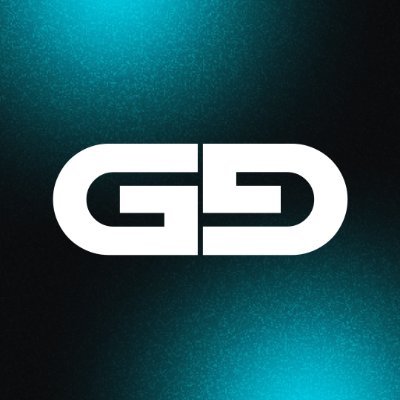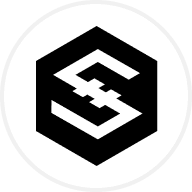
Cena Yield Guild Games

Zřeknutí se odpovědnosti
Informace o trhu Yield Guild Games
Tržní kapitalizace = objem v oběhu × poslední cena

Kanál pro Yield Guild Games










YGG – kalkulačka


Pohyby ceny Yield Guild Games v USD
Populární směny u Yield Guild Games
| 1 YGG / USD | 0,21060 $ |
| 1 YGG / EUR | 0,18665 € |
| 1 YGG / PHP | 11,7702 ₱ |
| 1 YGG / IDR | 3 502,41 Rp |
| 1 YGG / GBP | 0,15874 £ |
| 1 YGG / CAD | 0,29184 $ |
| 1 YGG / AED | 0,77353 AED |
| 1 YGG / VND | 5 477,24 ₫ |
Informace o měně Yield Guild Games (YGG)
- Oficiální web
- White paper
- Block explorer
Yield Guild Games – nejčastější dotazy
Hráči, kteří jsou součástí guildy Yield Guild Games, mají přístup k cenným herním aktivům bez nutnosti výrazné platby předem. Mohou získávat herní odměny a zisky z aktiv, která používají, což vytváří situaci výhodnou pro obě strany - jak pro Yield Guild Games, tak pro její členy. YGG navíc neustále expanduje na nové herní trhy a vyvíjí inovativní produkty a služby, které hráčům pomáhají vydělávat ještě více peněz. Příkladem jsou platformy pro yield farming a nástroje pro správu guild.
Hráči se mohou zapojit do Yield Guild Games tím, že se stanou součástí její sítě SubDAO a půjčují své NFT, aby umožnili ostatním přístup ke hrám P2E (play-to-earn) a získávání odměn. Sdružováním zdrojů a znalostí poskytuje Yield Guild Games hráčům příležitosti k vytváření příjmů a účasti na rostoucí ekonomice metaverza, čímž vytváří nové cesty k ekonomickému posílení a finančnímu začlenění.
Tokeny YGG si můžete snadno koupit na kryptoměnové platformě OKX. Mezi dostupné obchodní páry ve spotovém obchodním terminálu OKX patří YGG/USDT a YGG/USDC.
YGG můžete také koupit za více než 99 fiat měn výběrem možnosti "Expresní nákup". K dispozici jsou také další populární kryptoměny, jako je Bitcoin (BTC), Ethereum (ETH), Tether (USDT), a USD Coin (USDC).
Kromě toho můžete pomocí OKX Convert směnit své stávající kryptoměny, včetně XRP (XRP), Cardano (ADA), Solana (SOL), a Chainlink (LINK), za YGG s nulovými poplatky a bez cenového skluzu.
Chcete-li si prohlédnout odhadované ceny konverze v reálném čase mezi fiat měnami, jako je USD, EUR, GBP a další, do YGG, navštivte OKX Crypto Converter kalkulačku. Kryptoburza OKX s vysokou likviditou zajišťuje nejlepší ceny pro vaše nákupy kryptoměn.
Zveřejnění informací ESG
YGG – kalkulačka














